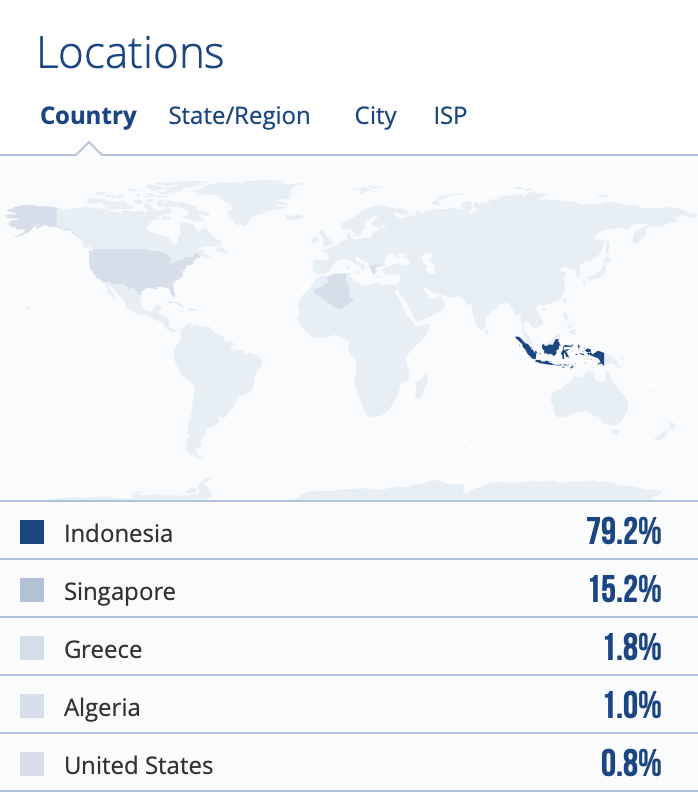EFL Students’ Attitudes toward Informal Digital Learning of English (IDLE) as a Mediation
DOI:
https://doi.org/10.31980/eealjournal.v7i3.2264Keywords:
Digital Learning, Student Attitudes, English Language Learning, Technology Integration, Online LearningAbstract
This research aimed to understand student attitudes towards the integration of digital learning in English language education at 1st State Senior High School, Peukan Pidie. Employing a qualitative under case study design combining offline questionnaires and semi-structured interviews to gain a comprehensive understanding of student perspectives. Sixty students participated, providing a rich dataset for analysis. The data from the questionnaires revealed prevalent trends in student attitudes. The interview data underwent thematic analysis, following Braun and Clarke's (2006) methodology, to identify recurring themes and patterns. The findings demonstrated a consistently positive attitude among students toward digital English learning. Participants perceived digital tools as engaging, accessible, and beneficial to their learning. They highlighted the enjoyable and interactive nature of these technologies, emphasizing their ease of use and perceived support in the learning process. This study underscores the potential benefits of strategically integrating digital tools into English language education, reflecting a positive student reception and highlighting the technology's perceived effectiveness in enhancing learning outcomes.
References
Baran, Stanley. J. (2011). Pengantar Komunikasi Massa. Jakarta: Salemba Empat.
Crompton, H. (2013). A historical overview of mobile learning: Toward learner-centered education. In Z. L. Berge & L. Y. Muilenburg (Eds.), Handbook of mobile learning (pp. 3-14). Routledge.
Gilmore, A. (2007). Authentic materials and authenticity in foreign language learning. Language teaching, 40(2), 97-118.
Godwin-Jones, R. (2011). Emerging technologies: Mobile apps for language learning. Language learning & technology, 15(2), 2-11.
Hubbard, P. (Ed.) (2009). Computer assisted language learning. London:Routledge.
Lee, J. S., & Dressman, M. (2018). When IDLE Hands Make an English Workshop: Informal Digital Learning of English and Language Proficiency. TESOL Quarterly, 52(2), 435–445. https://doi.org/10.1002/tesq.422
Lee, J. S. (2021). Informal digital learning of English and strategic competence for cross-cultural communication: Perception of varieties of English as a mediator.ReCALL,32(1),47–62. https://doi.org/10.1017/S095834401900 0181
Lee, J. S. (2020). The role of informal digital learning of english and a high-stakes english test on perceptions of english as an international language. Australasian Journal of Educational Technology, 36(2), 155–168. https://doi.org/10.14742/AJET.5319
Mills, N. (2011). Situated learning through social networking sites: The power of context and authentic activity. CALICO journal, 28(2), 345-368.
Downloads
Published
How to Cite
Issue
Section
License
Copyright (c) 2025 English Education and Applied Linguistics Journal (EEAL Journal)

This work is licensed under a Creative Commons Attribution-NonCommercial-ShareAlike 4.0 International License.






